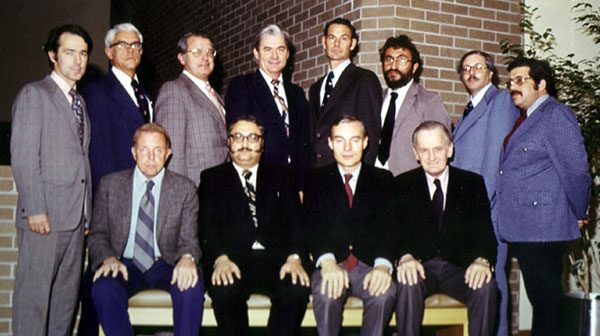
This article is based on an interview with Benson S. Munger, PhD, founding executive director of the American Board of Emergency Medicine (ABEM).
In 1976, while ACEP was putting together the proposal for emergency medicine to become a primary specialty, they also incorporated ABEM. At the same time, arrangements were being made with Michigan State University for the development of the certification examination.
Emergency medicine became a specialty largely due to changes in practice in non-academic hospital settings. Physicians physicians began leaving their practices to focus on providing comprehensive care in the emergency department. Their success reinforced the view that emergency medicine was its own specialty. In contrast, emergency medicine in most major academic medical centers was controlled by other departments and the emergency department was used as a training ground for their residents. These departments therefore felt they had a proprietary right to the emergency department.
It’s not surprising that ACEP received resistance to emergency medicine becoming a specialty from academic organizations. Because the American Board of Medical Specialties (ABMS) and most certifying boards had an academic orientation, having emergency medicine recognized was difficult.
From 1977 to 1979, ACEP and ABEM were run as parallel organizations. Prior to the first ABMS vote on emergency medicine becoming a specialty, members of both boards visited the 22 specialty boards to share their reasoning for emergency medicine becoming a specialty. Tough questions were asked. One was how emergency medicine could guarantee other specialties could continue to train residents in the emergency department.
The first ABMS vote on emergency medicine becoming a specialty was defeated 100–5. Following that meeting, the ABMS approached ACEP and ABEM leadership and suggested they bring together the boards that were interested in the idea of emergency medicine; about 13 participated. The first part of the meeting rehashed old oppositional arguments, resulting in no progress.
John Wiegenstein, MD, then asked each participant: If they were going to design an EM residency training program, how much time should be devoted to their specialty? When all the time was added, it amounted to 15 years of training! That changed the conversation’s tenor and allowed it to focus on what EM training would realistically look like.
Though some specialties thought emergency medicine should stand alone, others did not. A compromise created a new format—the conjoint board. Under this design, ABEM would be a primary board in terms of function, but representatives from other primary specialties would sit on the board. Emergency medicine was finally approved as a specialty in Sept. 1979.
Pages: 1 2 | Single Page




No Responses to “The Long Road to the Recognition of Emergency Medicine”